Late this summer, I received an email from Steve, one of the pastors at the church I work at. I opened it to find a link to “Duncan Africa” and a comment which said something like “check this out and let me know what you think…”. Steve knows me well. I went to the website and read everything that I could as quickly as I could. I like organizations that are trying to do something good in the world, like relieve poverty. I like guitars. Never could I have thought those two passions collide so perfectly.
Long story short, I have a new guitar that was made in Uganda. This guitar excites me not only because it’s a fantastic instrument that inspires music, but in buying it I have supported a community that truly needed to be affirmed and payed for the excellent work that they do. Truth be told, I purchased this guitar because I was excited about the cause – I thought it would be a good instrument, but it has surpassed my expectations.
Let’s get into it… First thing I will say is that I love the case. The only way this case could have been better is if it was entirely tweed, but then I probably would have had to pay a lot more for it too! The tweed trim on a black case with gold hardware and a screened Duncan Africa logo is really a beautiful thing – one thing which many builders miss out on. It’ll protect the guitar and it looks good. Nice.
My guitar is the Selah model (which is an OM). Jay Duncan (founder/master luthier/really nice guy) does the dreadnaught and OM shapes without cutaways. All of my acoustic up until this point have been cutaway guitars, and I think I now see why Jay doesn’t do them. I’ll get to that soon. The woods that I picked were AA spruce for the top and Mugavu for the back and sides. Mugavu is a local Ugandan wood that looks a bit like a light mahogany to me. I’d never heard of it before – in fact, a google search for Mugavu came up blank. I like to be a bit adventurous – my other acoustic a Cole Clark angel with Australian blackwood back, rosewood sides and a bunya top. That one turned out well, so I thought I’d give Mugavu a chance.
It’s always terrifying ordering and even paying for a guitar without first trying it, much less ordering a guitar with a wood you know nothing about. Jay told me that Mugavu was dry, but full sounding. That’s a great description – I’ve found that it’s very clear and rich, but not in the way rosewood is. It’s almost more piano like to my ears… tone is such a hard thing to describe! Either way, it’s taken the things I love about woods like walnut and koa and rosewood and put them together in a really fantastic way. It really sounds great – I’d gladly put it up against any $2-4000 Taylor/Martin or Larrivee.
Being a student made guitar there were a few minor cosmetic issues. At one point in the building process, the top had developed a tiny crack along the upper bout. The crack was quickly stopped and has been finished over nicely – I’m sure it won’t ever be a problem. Jay was very upfront about it and it took me a while to even notice it. The fact is, I like my guitars to have a bit of character because I play them – and at the end of the day, no one will ever see any of those kinds of small imperfections on a recording or from the audience!

I got the guitar with an LR Baggs I-Mix pickup and I like it. My Cole Clark also has a fantastic pickup, but this one sounds a bit more sweet to my ears, which is a fair representation of the guitar in general. I’ve had the chance to play it for
about a month now and have used it in live settings a few times from small groups with no PA to use in a band and in front of a few thousand people for an acoustic number at a Christmas production. I like it more and more all the time.
I could keep going for a while, but I’ll end it there. If you’ve got any questions please feel free to ask – I’d be more than happy to answer. If you’re interested, check out the website and follow Jay on the blog
.
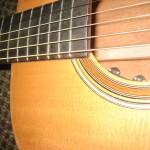
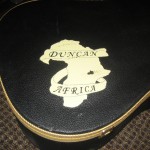
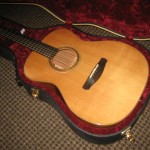
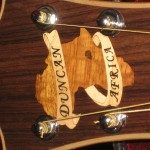
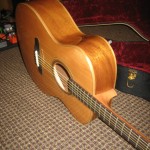
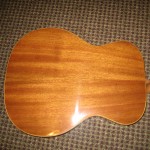
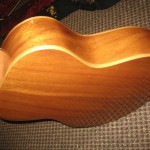
0 Comments